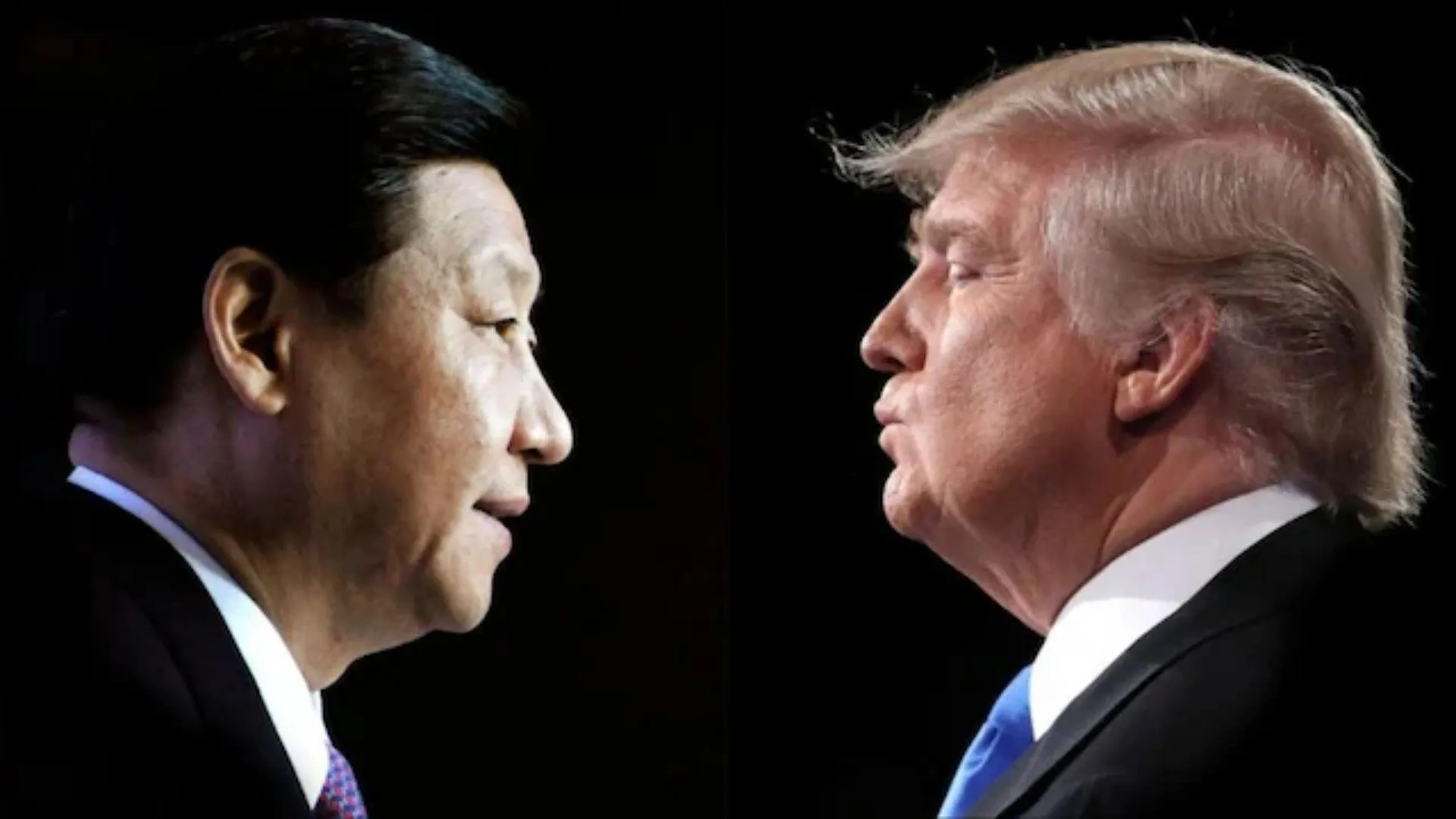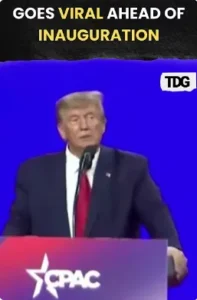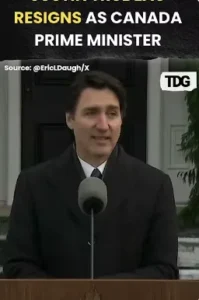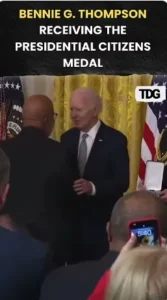US President Donald Trump has called for an emergency halt on tariffs for all other nations, but sharply increased tension with China by slapping its imports with an enormous 125% tariff. The move signals a dramatic heightening of the current trade dispute between the world’s two greatest economies.
Beijing quickly retaliated, imposing 84% retaliatory tariffs on U.S. imports. The new tariffs took effect at 12:01 pm (0401 GMT) on Thursday, the latest escalation in the tit-for-tat economic war.
When questioned about the rationale behind the sharp increase in China tariffs, Trump defended the move, saying it was a direct reaction to Beijing’s retaliatory measures, which he called a “lack of respect.” He added, “We didn’t have the time to do the right thing, which we’re doing now.”
Observers believe that this move could be Trump’s effort to finish what he started during his previous period at the White House. A BBC news article highlighted that the 2012 China-US trade boom drove China’s economy significantly forward. It created bargains at bargain prices, facilitated Chinese workers’ integration into international supply chains, and created opportunities for multinational companies.
China eventually overtook the US as the largest market for the world’s auto giants like Rolls Royce, General Motors, and Volkswagen. This increase in economic might contributed to the Communist Party’s ability to promote reforms and guide the nation towards a more consumptive economy.
China’s Road to Dominance
China’s manufacturing ambitions have already been spelled out in its ‘Made in China 2025’ plan, a huge state-sponsored effort to dominate high-tech manufacturing industries. Now, the nation makes 60% of the world’s electric cars mostly through domestic brands and 80% of the batteries used to power them, the report says.
What Lies Ahead?
Trump’s tariff increases could be one aspect of a broader plan to reassert economic influence. In his first term, he departed from traditional trade policy, and President Joe Biden, his successor, decided to keep many of those tariffs.
Now the world is waiting to observe if China will choose to negotiate or continue its export-driven economic model. According to the report, China’s closely regulated economy, nationalistic aspirations, and one-party regime could discourage it from opening up particularly to US technology companies.
China’s pushback can also be driven by suspicion of US trade principles. Since Trump has been touting protectionism, Beijing could interpret the tariffs as an attempt to prop up US businesses more than support international trade norms.
US Treasury Secretary Bessent further fueled the uncertainty when he said, “everything is on the table,” when queried regarding the likelihood of delisting Chinese firms from US stock markets.
In spite of the tensions, Trump is hopeful, claiming that trade deals will ultimately be reached with all countries, including China. For the time being, however, Beijing has indicated no willingness to withdraw its retaliatory tariffs.






















